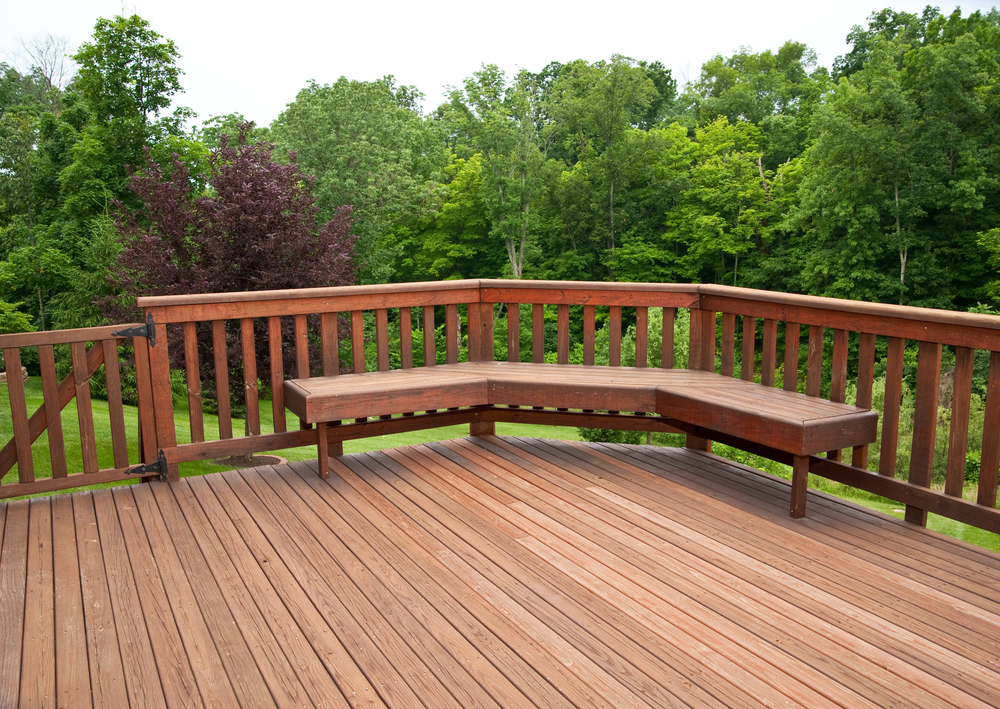 Easy Ways to Improve Your Home’s Security
Easy Ways to Improve Your Home’s Security
One of the last things any homeowner wants to discover is that their home has been broken into. Your home is your sanctuary and having an intruder can be deeply unsettling, so home security is a top priority for many homeowners. Fortunately, many of the best things you can do to improve your home’s security aren’t very time consuming or even very expensive.
Check Your Doors and Windows
When it comes to finding ways to get in your home, burglars aren’t all that creative -- your doors and windows will be the first places they look.
Your home’s front door and first floor windows will be a burglar’s first targets, so stay diligent about locking them and make sure there’s nothing nearby that could help them get in. Overgrown shrubbery, for example, can offer a great place for a burglar to hide while they try to open a window. Back doors and the doors and windows leading to a garage are also common points of entry since many people tend to be more lax about securing them. And don’t be tempted to leave a spare key under the welcome mat, in the mailbox, on top of a doorframe, or in a fake rock -- burglars are on to that trick.
Does your home have wooden entry doors? Replacing them with new steel doors will offer you a lot more security. If you use a window air conditioner unit, you’ll want to be sure it’s secured with brackets or braces and a window lock to make it harder for someone to push the air conditioner out of the way.
Make sure all of your windows have blinds or curtains to cover them. A thief will be less tempted to break into your home if they can’t tell if there’s anything worth stealing.
Upgrade Your Door Locks
If you’ve just recently moved into a new home, now would be a good time to either replace the locks in your home or have them rekeyed. You never know how many copies of the key the previous owner handed out or who they gave them to.
While some people are very diligent about remembering to lock the door anytime they leave the house, others are a little more forgetful. If you have a hard time remembering to lock the door behind you when you leave, you might want to look into getting smart locks for your home that can automatically lock behind you. If you also have a hard time remembering to take your key with you, some smart locks can be programmed to be unlocked with a numerical code or with your smart phone.
Fake It
Two things that are sure to make a burglar think twice about trying to break into your home is a decal saying your home is protected by a security system and a “Beware of Dog” sign. Don’t have either of these things? Just pretend that you do. You can easily pick up a “Beware of Dog” sign at any hardware store for a couple of dollars and fake home security system decals can be found on sites like eBay. Most burglars won’t be willing to push their luck to find out whether or not you actually have these things.
Light it Up
Burglars love having a cloak of darkness to work in. Motion-activated lights outside of your home can be a great way to deter someone thinking of breaking into your home. But it’s important to remember that the majority of burglaries in the United States happen on weekdays during times people are typically at work or school. To prevent daytime burglaries, you might want to look into putting a timer on your lights, TV, or radio so these things will go on and off throughout the day, making it seem like someone is at home.






 Choosing the Best Material for Your Kitchen Counters
Choosing the Best Material for Your Kitchen Counters How to Find Air Leaks in Your Home
How to Find Air Leaks in Your Home Does My Home Need a Dehumidifier?
Does My Home Need a Dehumidifier? Things to Consider Before Building a Deck
Things to Consider Before Building a Deck